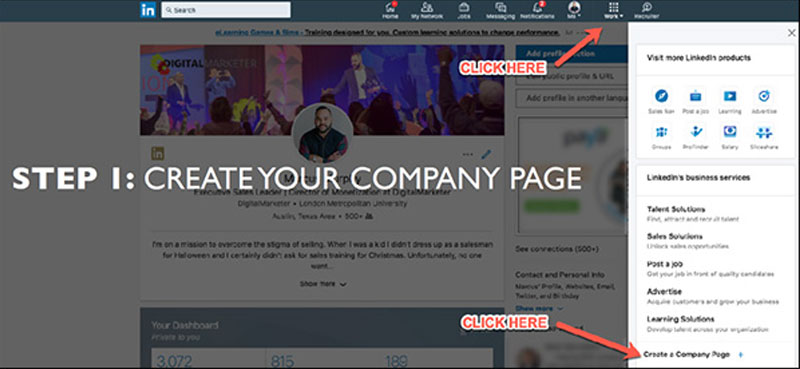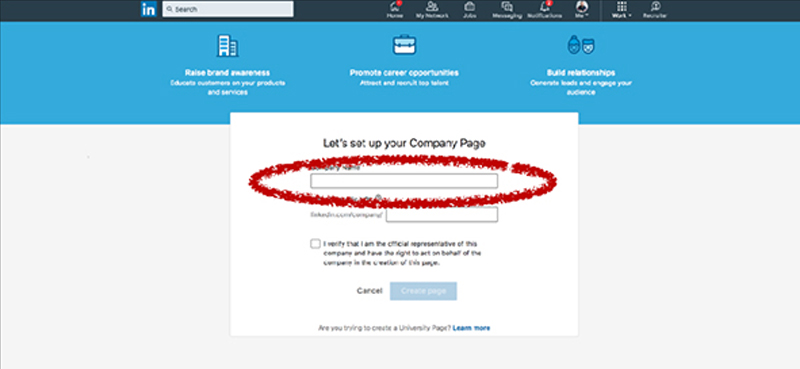LinkedIn is one of the most underrated social media platforms there is. A lot of people think it simply doesn’t have the kind of numbers that Facebook and Instagram do. But if you think about it, LinkedIn is really a curated platform. It may have only 575 million users (compared to Facebook and Instagram’s billion-plus users) but they’re largely white-collar professionals who are on the platform because they want to build their career or business in some way.
In short, LinkedIn is a great place to get recognized— whether you’re a freelancer, a professional, or a business owner. And if you have a B2B company, then LinkedIn is probably the first place that you need to look at from a marketing perspective.
Another challenge people sometimes find with LinkedIn is that it’s unfamiliar. So even though you know it’s an important platform you’re not always sure about how to go about using it. Most importantly, you’re not sure of how ads work on LinkedIn. And while it’s true that the platform can be a little unfamiliar, and that the cost per click is relatively expensive, there is no better way than LinkedIn ads to generate B2B leads in the short run. So in this article, we breakdown the whole LinkedIn Ads platform and help you launch your very first LinkedIn Ads campaign.
Step 1: Build strong personal and company profiles
LinkedIn allows people to see everything about a prospect before deciding whether to engage with them. This means your LinkedIn profile has to be spot on, and this includes both your personal profile and your company page. So first off, analyze your personal profile; make sure you haven’t missed out on anything that’s noteworthy and that will build your credibility as someone people want to do business with.
As a next step, set up your company page. Here’s how you do it in just 2 clicks:
Then add your company name and your profile URL.
Although company pages can be fairly extensive, there are a few things that you need to add right off the bat. These include:
- Your cover image
- Your logo
- Your “about us” summary. This helps you with getting recognized in Google searches so make sure you include all the important keywords here.
- Your header and profile picture should reflect your brand. Many people just use their logo for their profile picture so that people immediately know who they’re dealing with.
- Ask everyone on your team to connect their profile with the company page so that any prospect knows they’ll be working with a solid team.
Step 2: Share unique content
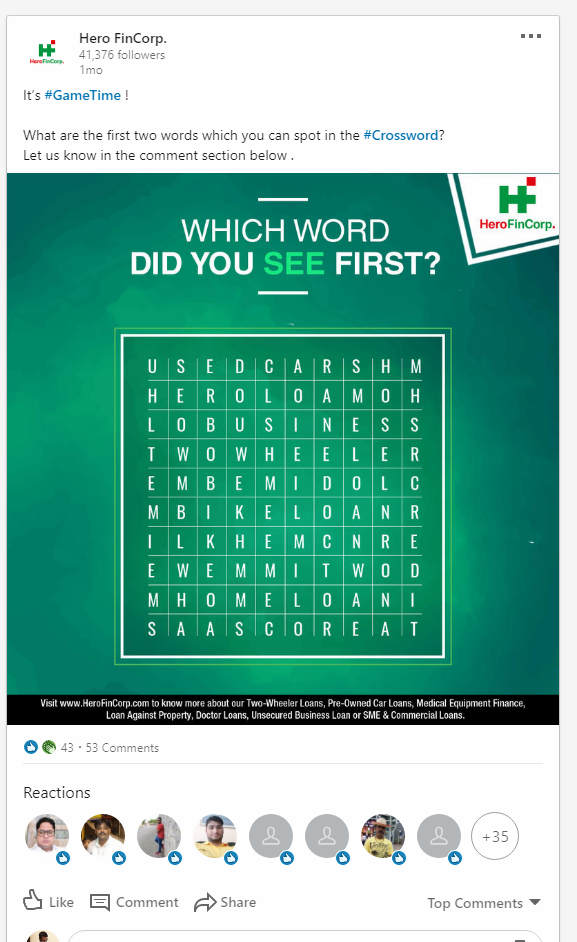
Before you create ads on LinkedIn, you need to start by posting and promoting great content. This will give you valuable insights into the kind of content that works, helping you decide what content to spend your advertising budget on. LinkedIn is probably the most underrated content platform. There are about 9 billion content impressions every week on LinkedIn, and these are being driven by just 3 million users. What this means is you have an opportunity to get great engagement on your content without having to deal with too much competition.
Here are a few things to keep in mind while promoting content on LinkedIn:
Post content every day
Consistency is an absolute must with LinkedIn. You can post a variety of content — from company updates to blog posts to industry articles to thought leadership pieces. It’s just important to share content every single day.
Post snappy content
A compelling headline, a brief but interesting introduction, and a clear CTA (Call to Action) are all prerequisites for good content. Also, make sure that your content is asking readers thoughtful questions and discussing their pain points, as opposed to talking about yourself.
Use tags
Tagging people and companies who might find your content relevant will help you get some quick likes and comments. This, in turn, will signal to LinkedIn that this is the content that they should share with a wider audience.
Step 3: In-depth data analysis
Go to the Engagement highlights on your business page to analyze the performance of your content.
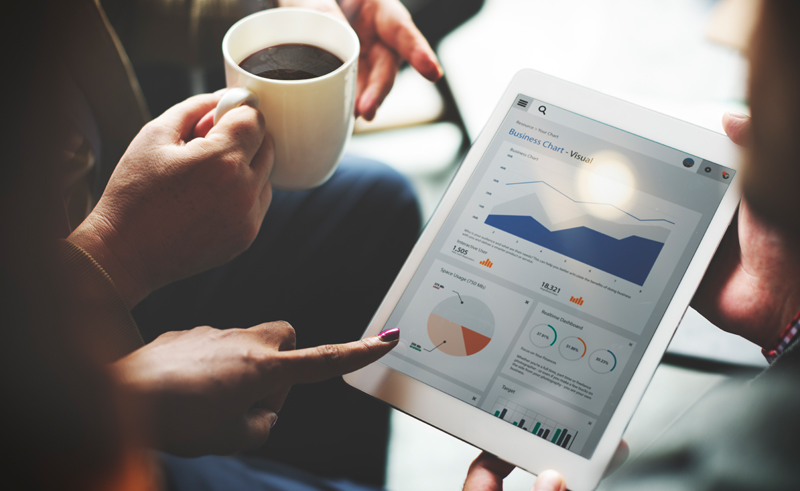
There are two main things you need to get from this exercise.
Find out who is seeing your posts
You need to make sure your posts are reaching the right audience. If that isn’t happening, experiment with changing the headlines to capture a more relevant audience. Knowing how to target the right audience is an important key to effective advertising on LinkedIn.
Figure out which kind of content is working
You also need to see which type of content is actually working well; in terms of tone, content format, topics, etc. This will help you make important decisions around which content you should be spending your ad budget on.
Step 4: Sponsored content
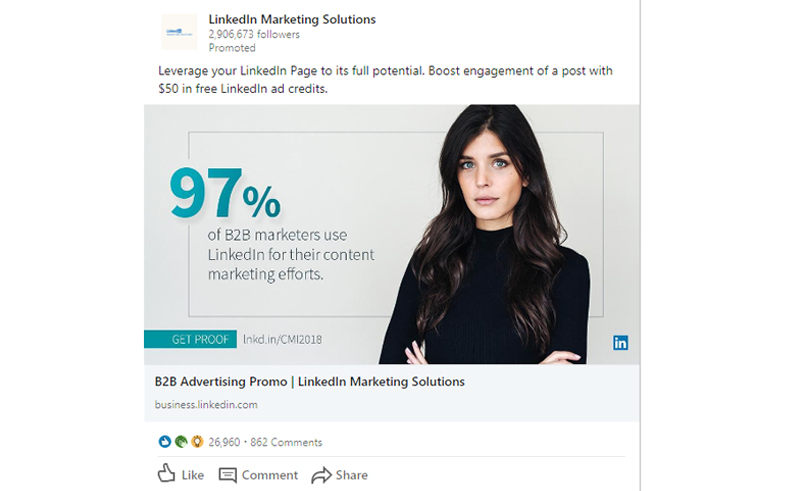
You are now ready to begin your LinkedIn ad campaign. There are 3 main options for your ad campaign. These include:
- Sponsored posts
- Text and dynamic ads
- Sponsored InMails.
Sponsored posts are a good starting point because they reach a wider audience at a lesser cost compared to display ads and InMails. Plus, you already know which content is working well so you won’t have too much trouble there.
Here are the steps you need to follow to begin your campaign:
- Go to your company page, go to the post you want to sponsor and click the Sponsor Now button

2. You’ll be taken to the Campaign manager. Click on Create Campaign.
3. Specify the campaign name and choose a campaign goal. For the first campaign, sending people to your website is probably the best goal.
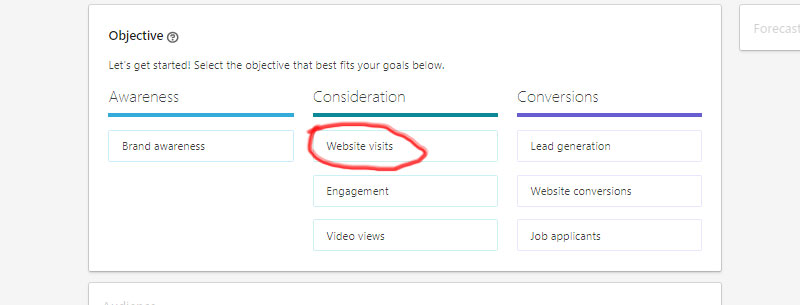
4. Choose your target audience. The best feature about LinkedIn ads is how narrowly you can define your target audience so use this option well.

5. Choose your budget and bidding option. There are two bidding options – Cost Per Click (CPC) and Cost Per Mile (CPM which is Cost per 1000 impressions). If you need website visitors, CPC is a good option.
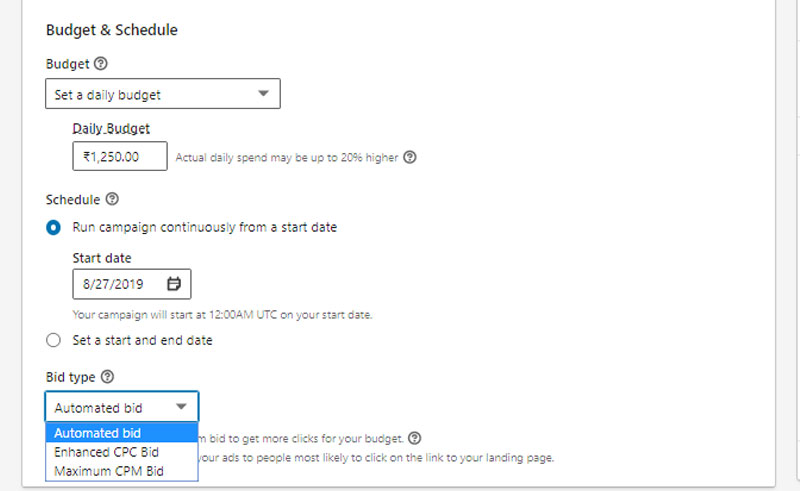
6. Enter your payment details and get started!
Step 5: Optimize your campaign
Analyzing your campaign performance is the only way to improve your overall ROI. While metrics like Cost Per Click are obvious ones to track, it’s a better idea to track your performance in a more comprehensive way.
Let’s say a client that you convert is worth Rs. 50000, and that on an average 1 out of 5 meetings result in a conversion. This means that a meeting is worth Rs. 10000 on an average. So measuring your LinkedIn Ads ROI in terms of Cost Per Meeting would actually be a great way of understanding whether the campaign is profitable and sustainable in the long run.
Summing up
This article contains detailed steps on starting and executing your first LinkedIn campaign so this is all you really need to get started. Of course, as you keep executing, you’ll find more questions. The key is to keep testing and experimenting to find the solutions that work for you. Let us know in the comments below how this six-step guide worked for you and if you have any follow up questions that you’d like us to address in future articles.
Watch: We are a Content-First Agency

